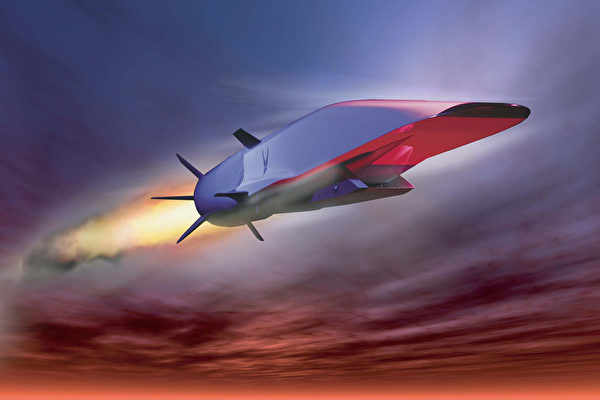On Wednesday, May 15th, the US Department of Defense and the Japanese Ministry of Defense signed a cooperation agreement to jointly develop hypersonic missile defense capabilities. The goal of the project is to intercept enemy hypersonic missiles during their glide phase.
According to a statement from the US Department of Defense, the US and Japan have finalized a formal Cooperative Development Project Arrangement for the “Glide Phase Interceptor” (GPI) collaboration.
This collaboration falls under the bilateral Research, Development, Test, and Evaluation (RDT&E) Memorandum of Understanding (MOU) between the US and Japan.
“By reaching an agreement on the development of the GPI, the US and Japan will enhance regional deterrence while strengthening long-term missile defense cooperation between the two countries,” the statement said.
According to the Pentagon’s statement, the US Missile Defense Agency is leading the development of the GPI within the Department of Defense. The goal of the GPI project is to intercept hypersonic missiles during their glide phase. Under the signed GPI cooperative development agreement, Japan will lead the development of the rocket engine and propulsion components of the GPI.
On Wednesday, the Japanese Ministry of Defense also released a statement regarding the US-Japan GPI joint development project. The statement emphasized the importance of developing hypersonic missile interceptors for Japan’s security. The Japanese Ministry of Defense stated that in recent years, missile-related technologies such as hypersonic weapons in Japan’s surrounding regions have significantly improved in quality and quantity.
“The strengthening of the interception capabilities against these missiles is an urgent issue that needs to be addressed,” the statement said.
According to Defense News, the interceptors will be designed to be used on US Navy destroyers equipped with the Aegis Ballistic Missile Defense System. The weapon will be launched from the standard vertical launch system and integrated with the enhanced Baseline 9 Aegis weapon system, capable of detecting, tracking, controlling, and countering hypersonic weapon threats.
Intercepting these hypersonic weapons during their glide phase presents a highly challenging technical problem, as the missiles fly at speeds over five times the speed of sound and can maneuver during flight, making it difficult to predict the missile’s flight path.
The US Department of Defense stated, “Over time, the GPI will serve as part of an overall layered defense framework, gradually providing regional defense capabilities. The cooperative development of the GPI will be built upon the foundation of longstanding missile defense cooperation between the US and Japan, enhancing the alliance’s deterrent posture.”
In May 2021, Michael E. White, the principal official of hypersonic technology at the US Deputy Secretary of Defense, mentioned the US strategy of “layered defeat” against high-speed weapons from China and Russia.
“To defend against adversaries’ hypersonic weapons, we are providing a comprehensive layered defeat strategy, applying kinetic and non-kinetic defense capabilities, to disrupt, degrade, and defeat these weapons at every possible point in their kill chains,” White said. “We will also develop technologies to mature reusable hypersonic systems for future application in time-sensitive intelligence, surveillance, reconnaissance missions and strike missions.”
As early as 2022, there were reports that the US and Japan would jointly develop hypersonic weapon interceptors. The Nikkei newspaper reported that the US and Japan were considering joint research on missile technology to intercept high-speed glide weapons from China and Russia. The plan aimed to intercept these weapons during their glide phase before they descended to heights beyond the reach of existing defense systems.
During the US-Japan summit in August 2023, both governments announced the formulation of the Cooperative Development Project Arrangement for the “Glide Phase Interceptor.”

